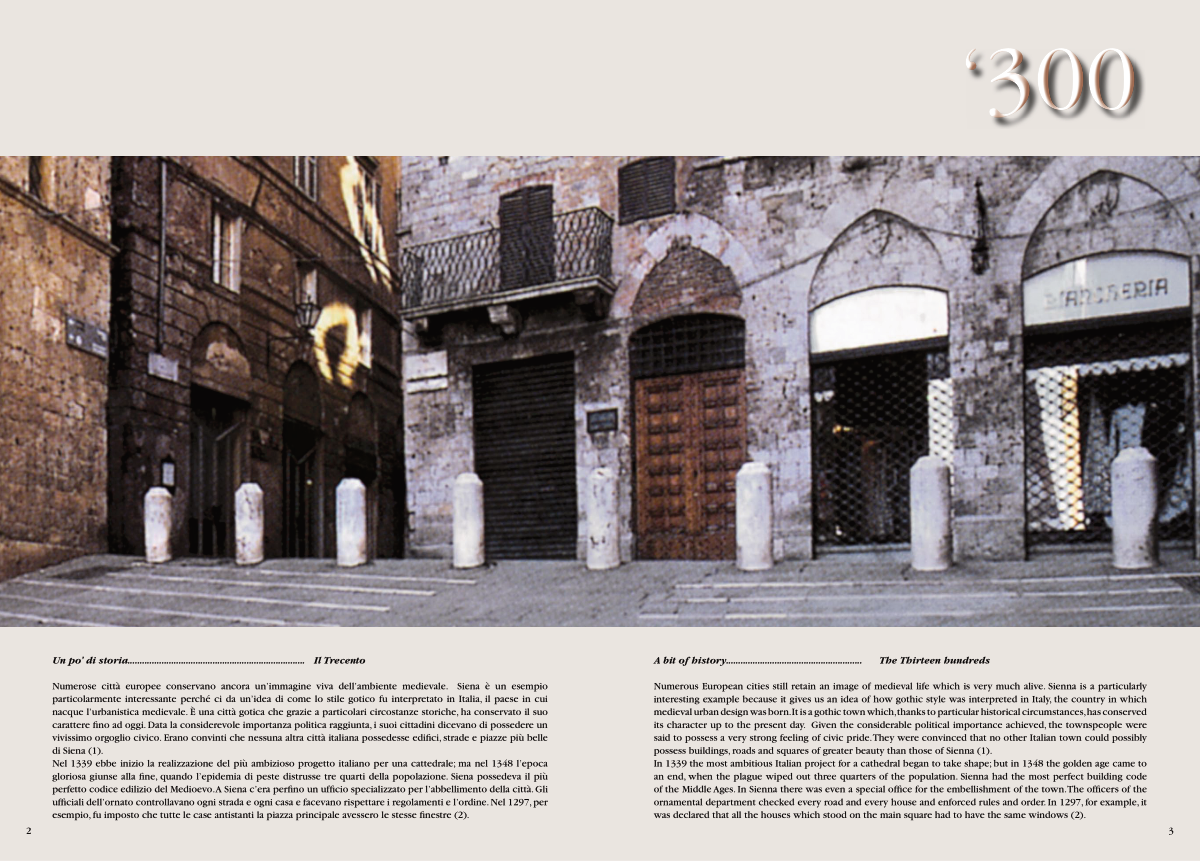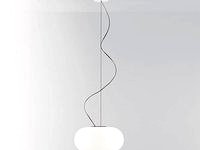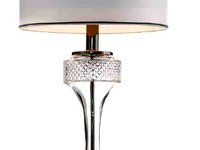3
2
Un po’ di storia......................................................................... Il Trecento
Numerose città europee conservano ancora un’immagine viva dell’ambiente medievale. Siena è un esempio
particolarmente interessante perché ci da un’idea di come lo stile gotico fu interpretato in Italia, il paese in cui
nacque l’urbanistica medievale. È una città gotica che grazie a particolari circostanze storiche, ha conservato il suo
carattere fi no ad oggi. Data la considerevole importanza politica raggiunta, i suoi cittadini dicevano di possedere un
vivissimo orgoglio civico. Erano convinti che nessuna altra città italiana possedesse edifi ci, strade e piazze più belle
di Siena (1).
Nel 1339 ebbe inizio la realizzazione del più ambizioso progetto italiano per una cattedrale; ma nel 1348 l’epoca
gloriosa giunse alla fi ne, quando l’epidemia di peste distrusse tre quarti della popolazione. Siena possedeva il più
perfetto codice edilizio del Medioevo. A Siena c’era perfi no un uffi cio specializzato per l’abbellimento della città. Gli
uffi ciali dell’ornato controllavano ogni strada e ogni casa e facevano rispettare i regolamenti e l’ordine. Nel 1297, per
esempio, fu imposto che tutte le case antistanti la piazza principale avessero le stesse fi nestre (2).
A bit of history........................................................ The Thirteen hundreds
Numerous European cities still retain an image of medieval life which is very much alive. Sienna is a particularly
interesting example because it gives us an idea of how gothic style was interpreted in Italy, the country in which
medieval urban design was born. It is a gothic town which, thanks to particular historical circumstances, has conserved
its character up to the present day. Given the considerable political importance achieved, the townspeople were
said to possess a very strong feeling of civic pride. They were convinced that no other Italian town could possibly
possess buildings, roads and squares of greater beauty than those of Sienna (1).
In 1339 the most ambitious Italian project for a cathedral began to take shape; but in 1348 the golden age came to
an end, when the plague wiped out three quarters of the population. Sienna had the most perfect building code
of the Middle Ages. In Sienna there was even a special offi ce for the embellishment of the town. The offi cers of the
ornamental department checked every road and every house and enforced rules and order. In 1297, for example, it
was declared that all the houses which stood on the main square had to have the same windows (2).
‘300
‘300
‘300
‘300
‘300
‘300
‘300
‘300
‘300
‘300
‘300
‘300







